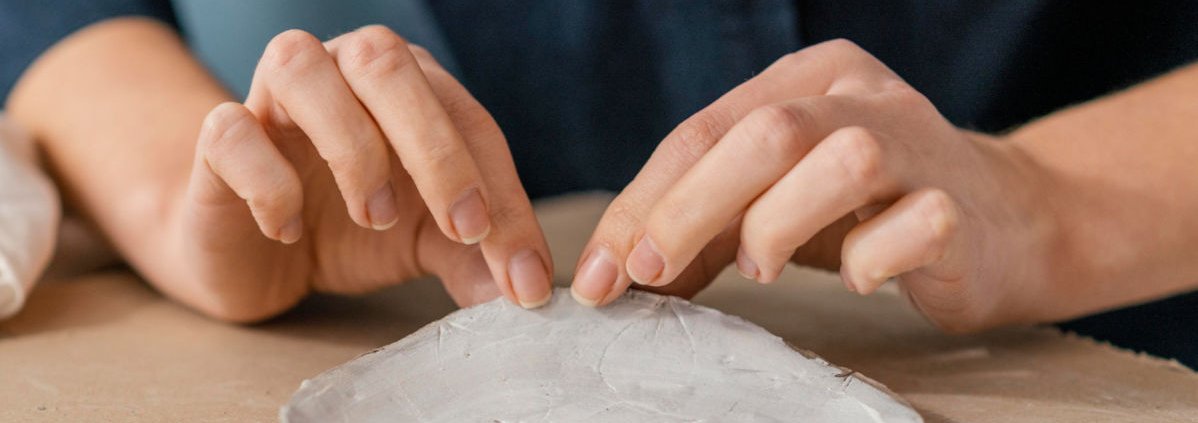Building Beauty with Your Hands: Hand building Pottery Techniques Explored
Summary
Hand-building is a versatile and exciting technique in pottery that allows artists to create unique and personalized ceramic pieces without the need for a pottery wheel. Whether you’re a beginner or an experienced potter, hand-building is a creative and accessible way to work with clay. In this blog, we will explore the basic steps for hand-building with clay.
Ideas
- Choose Your Clay: The first step in hand-building is selecting the right type of clay for your project. There are various types of clay available, including earthenware, stoneware, and porcelain, each with its own properties and firing temperatures. Choose a clay that is suitable for your intended purpose and firing method.
- Prepare Your Clay: Once you have chosen your clay, prepare it by wedging or kneading it to remove any air bubbles and make it pliable. This process helps to ensure that the clay is evenly mixed and free of any lumps or inconsistencies.
- Decide on Your Hand-building Technique: Hand-building techniques include pinch pottery, coil building, and slab building. Pinch pottery involves shaping the clay by pinching and pressing it with your fingers. Coil building involves creating long coils of clay and layering them to build up the desired form. Slab building involves rolling out flat sheets of clay and cutting and assembling them to create the desired shape. Choose the hand-building technique that best fits your creative vision and project.
- Shape Your Clay: Once you have prepared your clay and chosen your hand-building technique, it’s time to start shaping your clay. Use your hands, fingers, tools, or even found objects to shape the clay according to your design. You can create a variety of forms, such as bowls, vases, plates, sculptures, and more. Take your time and experiment with different techniques to achieve the desired shape and texture.
- Joining and Decorating: As you build your clay piece, you may need to join different parts together using slip (a mixture of clay and water) or scoring (scratching the clay surface to create texture for better adhesion). You can also add texture, patterns, and designs using various tools, stamps, or carving techniques. Get creative and experiment with different surface treatments to add visual interest to your piece.
- Drying and Finishing: Once you have completed the shaping and decorating, allow your hand-built clay piece to dry slowly and evenly. This may take several days to a week or more, depending on the size and thickness of your piece. Be patient and avoid drying too quickly, as it can cause cracks or warping. Once your piece is completely dry, you can refine and smooth the surface with sandpaper, a sponge, or other finishing tools.
- Firing: After the clay has completely dried, it’s time to fire your hand-built piece in a kiln. Follow the firing instructions for the type of clay you are using, and be mindful of the recommended firing temperature and schedule. Firing will transform the clay into a durable ceramic object, ready for further finishing, glazing, or use.
Conclusion
Hand-building with clay is a rewarding and creative process that offers endless possibilities for artistic expression. Remember to experiment, take your time, and have fun! With practice and patience, you can create beautiful and unique hand-built ceramic pieces that reflect your artistic vision and style.



